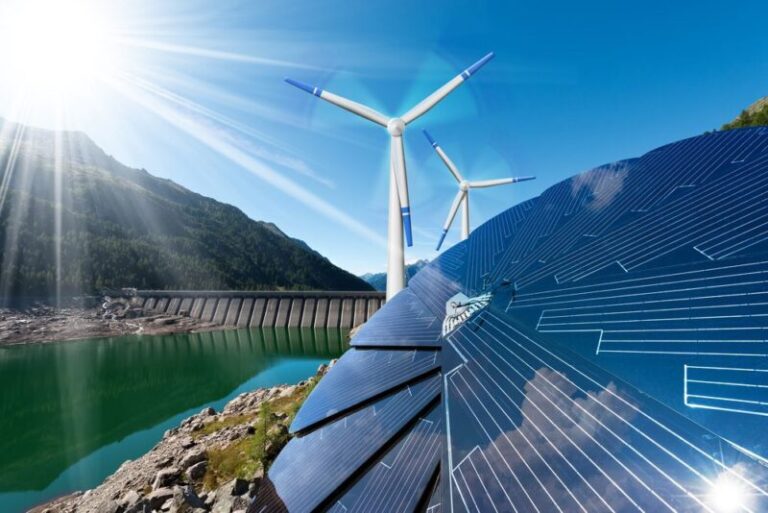Morocco is strengthening its commitment to the energy transition, aiming to add more than 7 gigawatts (GW) of renewable energy capacity by 2030 with a total investment of 7 billion euros. During the 9th edition of the X-Morocco Conference, held on December 17, 2024, in Casablanca, Leïla Benali, Minister of Energy Transition, stated the Kingdom’s ambition to triple its annual investments in this sector. These efforts aim to make renewable energy the main source of electricity production in the country in the medium term.
Since 2021, Morocco has added 1.5 GW of renewable capacity, mainly in the solar and wind sectors, thanks to an investment of 1.5 billion euros (17 billion dirhams). The total renewable energy capacity now reaches 5.4 GW, representing 45% of the installed electrical capacity, compared to 37% in 2021. Wind energy dominates with 2.4 GW, followed by hydropower (2.1 GW) and solar (0.9 GW).
According to Tarik Hammane, Director General of the National Office of Electricity and Drinking Water (ONEE), the share of renewable energy in the national electricity mix will exceed 52% by 2027 and reach 60% by 2030.
The Ministry of Energy Transition has granted permits for 2 GW of new projects since 2021, a record. The transition relies heavily on public-private partnerships, with more than 80% of current electricity production provided by private players. Among them, Nareva holds a production capacity of 3.5 GW, representing 40% of national demand, thanks to cumulative investments of 6 billion dollars.
The Southern provinces also benefit from significant renewable projects, currently operational, totaling more than 1.3 GW of capacity.
The development of infrastructure is a priority, with 50 billion dirhams allocated to modernizing the national electrical grid. Of these investments, 50% are allocated to a strategic line connecting the south and the center of the country.
Energy storage, a crucial element of the transition, is also being strengthened through pumped storage power stations (PSPS). Two major facilities are operational: Afourer (460 MW) and Abdelmoumen, near Taroudant (350 MW).
With these initiatives, Morocco positions itself as a model for energy transition on the continent. The Kingdom is betting on an inclusive and competitive strategy, aligning economic development with environmental sustainability while meeting the growing needs of its population and industry.
With Le Matin.


